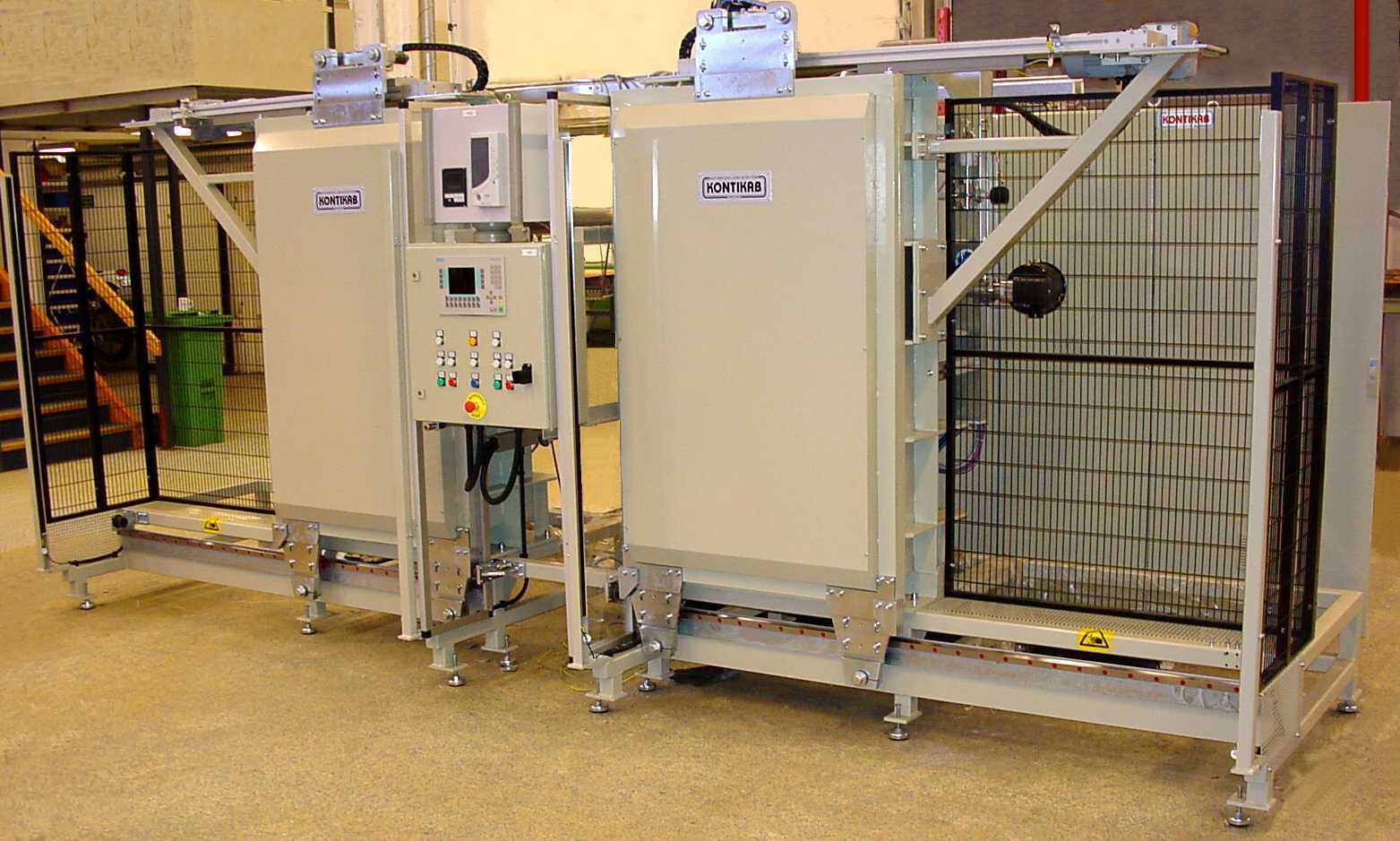In the peak of summer or the height of a sweltering heatwave, the last thing anyone wants is for their air conditioning (AC) unit to falter. Not only does a well-functioning AC keep us comfortable, but it also plays a crucial role in maintaining indoor air quality and protecting vulnerable populations from heat-related health issues. Understanding the essentials of AC repair and maintenance is not just about comfort; it’s about ensuring your living space remains a safe haven against the heat. In this comprehensive guide, we’ll walk you through everything you need to know to keep your cooling system in top shape.

Understanding Your AC System
Before diving into maintenance and repair tips, it’s essential to have a basic understanding of your AC system. Most residential AC systems are either split systems, which include an outdoor unit (condenser) and an indoor unit (evaporator coil), or packaged systems, where all components are housed in a single unit outside. Knowing which system you have is crucial for proper maintenance and troubleshooting.
Regular Maintenance: The Key to Longevity
1. Filter Replacement
One of the simplest yet most effective ways to maintain your AC’s efficiency is regularly replacing or cleaning its air filters. Clogged or dirty filters restrict airflow, forcing your system to work harder and consume more energy. Depending on your filter type, you should clean or replace it every 1-3 months.
2. Coil Cleaning
The evaporator and condenser coils can accumulate dirt over time, reducing your system’s ability to cool your home effectively. Cleaning these coils annually can prevent this buildup and maintain your AC’s efficiency.
3. Inspecting the Fins
Both the evaporator and condenser coils have aluminum fins that can bend easily, blocking airflow through the coil. Use a “fin comb” to comb these fins back into their original condition gently.
4. Clearing the Area Around Your Unit
Ensure the area around your outdoor unit is clear of debris, leaves, and shrubbery. A minimum clearance of 2 feet around the unit is recommended for optimal performance.
5. Checking the Drain Line
The drain line can become clogged with algae and mold, causing water leaks and increased humidity levels inside your home. Flushing the line with a cup of chlorine bleach and rinsing it with water can keep it clear.
6. Professional Inspections
Even with diligent maintenance, it’s wise to have your system checked by a professional at least once a year. They can perform more complex maintenance tasks, such as checking refrigerant levels and testing for leaks, that require specialized tools and expertise.
DIY AC Repair Tips
While some repairs should be left to the professionals, there are a few troubleshooting steps homeowners can safely undertake.
1. Thermostat Issues
If your AC isn’t turning on, check your thermostat settings first. Ensure it’s set to “cool” and the temperature is set lower than the current room temperature. If it’s a battery-operated thermostat, replacing the batteries might solve the problem.
2. Circuit Breaker Trips
If your AC stops working suddenly, check your home’s circuit breaker. A tripped breaker is an easy fix; simply flip it back on. However, if it trips repeatedly, it’s time to call a professional.
3. Frozen Coil
A frozen evaporator coil is a common issue that can be caused by dirty air filters or low refrigerant levels. Switching off your AC and allowing the coil to thaw can temporarily solve the problem, but you’ll likely need professional help to prevent it from happening again.
4. Cleaning the Outdoor Unit
Sometimes, the outdoor unit might be clogged with dirt and debris, reducing its efficiency. Shutting off the power to the unit and gently hosing it down can help remove some of the buildups.
When to Call a Professional
While basic maintenance and simple repairs can often be handled by the homeowner, certain situations require the expertise of a professional HVAC technician, including:
- Refrigerant leaks: Handling refrigerant requires special training and certification.
- Electrical issues: Wiring problems can be dangerous and should be addressed by a professional.
- Major component failure: If the compressor or evaporator coil fails, it’s time for professional intervention.
Conclusion
Staying cool and collected during the hot months is much easier with a well-maintained and efficiently running AC system. By following these essential AC repair and maintenance tips, you can ensure your cooling system remains your steadfast ally against the heat. Remember, regular maintenance not only prevents unexpected breakdowns but also extends the life of your AC unit, saving you money in the long run. So, don’t wait for the heatwave to hit—start incorporating these practices into your home maintenance routine today.
In closing, while some tasks can be DIY, never hesitate to call in the professionals when needed. Your comfort, safety, and the efficiency of your AC are paramount. Keep cool, and carry on with regular AC maintenance for a hassle-free summer!
Petya is a dynamic lifestyle writer, influencer, and digital marketing specialist who brings a vibrant energy to everything she does. As a mom to a beautiful boy, she skillfully balances her professional pursuits with the joys of motherhood. Known for her cheerful outlook and can-do attitude, Petya shares her insights on living a fulfilling life, blending work, travel, and family seamlessly. Her love for exploring new places is evident, as she manages to travel despite a busy schedule, always finding time for the things that matter most. Through her writing, Petya inspires others to embrace a balanced and joyful lifestyle.
